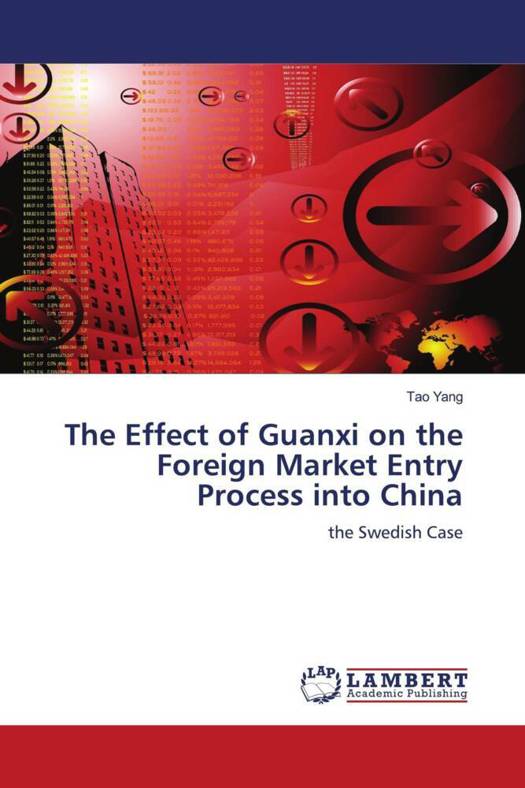
Je cadeautjes zeker op tijd in huis hebben voor de feestdagen? Kom langs in onze winkels en vind het perfecte geschenk!
- Afhalen na 1 uur in een winkel met voorraad
- Gratis thuislevering in België vanaf € 30
- Ruim aanbod met 7 miljoen producten
Je cadeautjes zeker op tijd in huis hebben voor de feestdagen? Kom langs in onze winkels en vind het perfecte geschenk!
- Afhalen na 1 uur in een winkel met voorraad
- Gratis thuislevering in België vanaf € 30
- Ruim aanbod met 7 miljoen producten
Zoeken
The Effect of Guanxi on the Foreign Market Entry Process into China
the Swedish Case
Tao Yang
Paperback | Engels
€ 91,45
+ 182 punten
Omschrijving
Business network theory believes that foreign market entry of a firm is the result of the interactions between the actors of the firm and the network. When entering into China, the Western firms have to face some new network conditions that derive from its socio-cultural environment. This study aims to test one of the cultural specialties, guanxi's effect on the foreign market entry process of the Western firms into China. Using data collected from Swedish firms established in China, the study finds that under the influence of guanxi, the market entry process of Western firms into China appear to show some different features compared with that into Western country markets. It takes more time to become established in China, more social activities and more non-business actors are involved in the process. These social activities within business circles are shown to contribute to the longer establishment time for Western firms operating in China. The findings suggest the existence of a social dimension to the business relationships and the need of a multi-level perspective of business relationships and networks.
Specificaties
Betrokkenen
- Auteur(s):
- Uitgeverij:
Inhoud
- Aantal bladzijden:
- 184
- Taal:
- Engels
Eigenschappen
- Productcode (EAN):
- 9783843390958
- Verschijningsdatum:
- 17/02/2011
- Uitvoering:
- Paperback
- Afmetingen:
- 150 mm x 220 mm
- Gewicht:
- 277 g

Alleen bij Standaard Boekhandel
+ 182 punten op je klantenkaart van Standaard Boekhandel
Beoordelingen
We publiceren alleen reviews die voldoen aan de voorwaarden voor reviews. Bekijk onze voorwaarden voor reviews.









